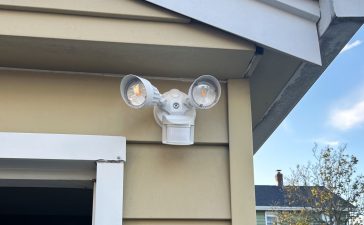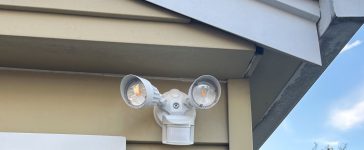Modern car headlights are designed with far more than just brightness in mind. One of the most crucial—and often overlooked—aspects of headlight design is the beam pattern. A proper beam pattern ensures that the road ahead is illuminated clearly without blinding oncoming drivers. The science behind these patterns involves optics, engineering, and regulatory standards, all working together to enhance visibility and safety.
What Is a Headlight Beam Pattern?
A car headlight beam pattern refers to the specific way light is distributed from the headlight onto the road. Instead of scattering light in all directions, a good beam pattern focuses light in a controlled, purposeful shape. Typically, the pattern includes a sharp cutoff line on top to prevent glare, with more intense illumination directly in front of the car and a wider spread for peripheral visibility. This balance helps the driver see the road clearly without dazzling other motorists.
The Role of Optics and Reflectors
Behind every effective beam pattern is an arrangement of lenses, reflectors, and sometimes projector modules. In halogen and LED systems, reflectors bounce light forward and help shape its spread. Projector headlights use a lens in front of the bulb to sharpen the beam and create a very defined cutoff line. Engineers use computer-aided design and optical simulations to ensure that these components work in harmony, directing light precisely where it’s needed while minimizing waste and glare. Looking for the Auto Repair in Hutto, TX based service would be important here.
Regulations and Beam Pattern Standards
Every country has laws governing headlight beam patterns. In the U.S., for example, the beam must meet Federal Motor Vehicle Safety Standards (FMVSS 108), while Europe follows UNECE regulations. These rules ensure consistency in how much light is emitted, how far it reaches, and how much it can deviate upward or to the sides. Beam patterns must also adapt to different driving environments—urban, rural, and highway—requiring different balances of range and spread.
The Impact on Driver Safety and Comfort
A well-designed beam pattern enhances nighttime visibility, reduces eye strain, and increases reaction time to hazards. Poorly aligned or incorrectly installed headlights can create patchy lighting, leave dark spots on the road, or blind other drivers. Adaptive headlights take beam patterns even further by adjusting the light spread in real time, bending around curves, or dimming parts of the beam when they detect oncoming traffic, all to maximize safety and driver confidence.
Why Professional Installation and Adjustment Matter
Even the most advanced headlight system won’t perform correctly if it’s poorly installed or misaligned. Professional technicians use beam alignment equipment to aim headlights according to manufacturer specifications. DIY installations or aftermarket modifications often disrupt factory beam patterns, resulting in subpar lighting or legal issues. Regular inspections and professional adjustments ensure your car headlights deliver the safe, focused illumination they were designed for.
Conclusion
Understanding the science behind headlight beam patterns helps drivers appreciate the engineering that goes into safe night driving. With properly aligned, precisely shaped beams, you’ll enjoy better visibility and safer roads for everyone.












